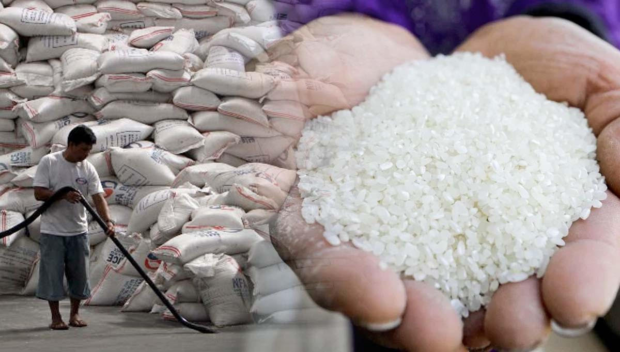COA: NFA rice buffer stocks fall short in 2022

INQUIRER.net FILE PHOTO
Despite a whopping P7 billion subsidy from the government, the National Food Authority (NFA) has failed to meet the optimum level of rice buffer requirement of 300,000 metric tons (MT) last year, according to the Commission on Audit (COA).In its annual audit report, the COA found that the NFA had fallen short of 177,349 MT or 36.95 percent of the target palay procurement of 480,000 MT.
Based on COA’s tabulation of NFA’s buffer stock levels for 2022, it showed that the agency was only able to get an average available stock of 140,354 MT, with a deficit of 159,646 MT.
“The inability of the NFA to maintain the required buffer stock to an optimal level of national rice buffer stocking at any given time poses risk that the NFA might not be able to effectively and immediately respond and provide [for] the needs of the beneficiaries all over the country in times of emergency situations and nonsustenance of the disaster relief programs of the government during natural or man-made calamities,” the COA said.
The failure to meet the buffer stock requirement happened despite the NFA’s full receipt of P7 billion worth of government subsidies.
Of the amount, only P5.750 billion was disbursed for 302,651 MT of palay procured or 63.05 percent of the target 480,000 MT of palay for 2022, which was partly why the NFA failed to meet the rice buffer stock requirement.
Low absorption
This was also due to the low absorption rate of palay by NFA caused by, but not limited to, the higher farm-gate price of palay compared to NFA’s buying price of P19 per kilogram; the occurrence of strong typhoons in areas of major palay production; and intensified procurement strategies of private traders by offering more incentives such as free delivery, consignment, advance payment and free use of postharvest facilities.
From its data, the COA said the NFA had an average absorption rate of only 1.54 percent of the total palay production of 19.767 million MT in the country, even though the NFA’s buying rate of palay of P19 per kilo was higher by 8.63 percent than the average farm gate price of P17.36.
The low absorption rate, according to the COA, could be attributed to “inadequate information dissemination,” especially in the top three rice-producing regions including, Central Luzon, Cagayan Valley and Western Visayas.
RELATED STORY:
Neda: Boost rice buffer before start of El Niño